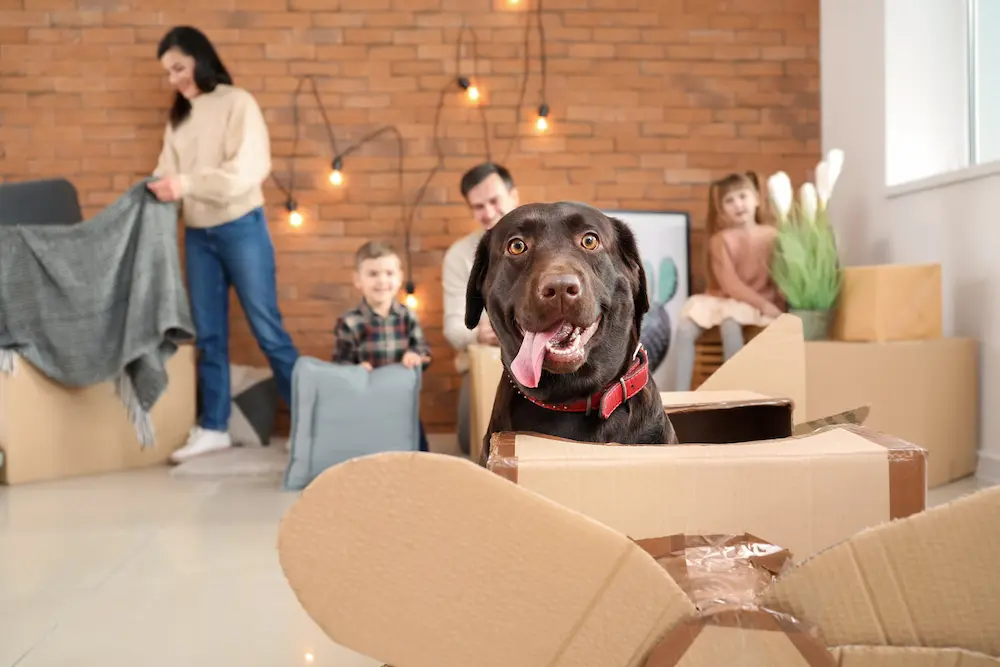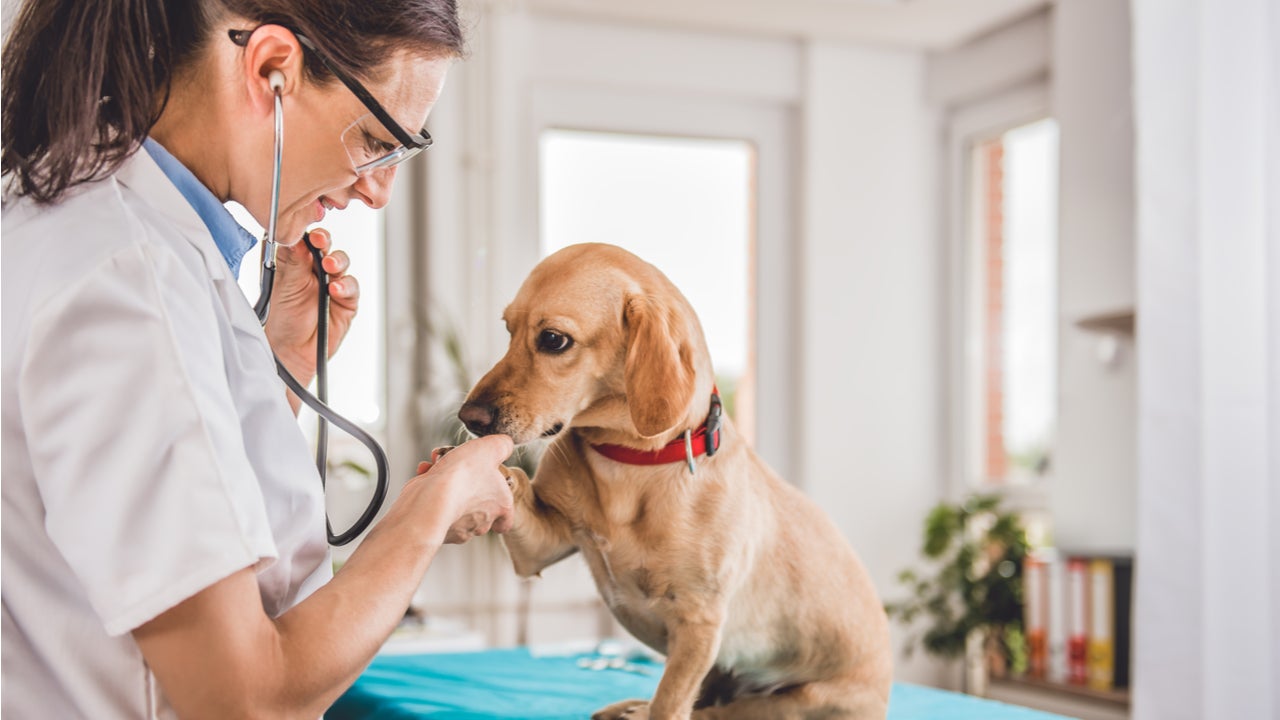
How to Move with Pets
Moving is more than just a change in place; it is also the start of a new chapter in one’s life. For some, it is a complete change from what they are familiar with, which may cause considerable discomfort. Also, it may represent a significant change for a pet.
To ensure a seamless transition for everyone, here are a few things you should do when moving with pets.
Look for a Pet-friendly Place
Make sure your new house is pet-friendly. It entails conducting preliminary research and selecting a location that not only welcomes pets but also has facilities that will make your pet feel comfortable and welcome.
Start Packing
Once you’ve chosen the ideal pet-friendly home, begin packing your pet’s possessions a few weeks ahead of time, so they have enough time to acclimatize to their new surroundings.
Keep your Pet Safe
Keep your pet in a safe and secure environment on a moving day, so they don’t become overwhelmed by all the excitement. It may include placing them in a room with all of their belongings packed away to make them feel more at ease or hiring a pet sitter for the day to care for them. Professionals advise leaving them with a friend with whom your pet is familiar. However, check on them because not seeing their owner can make them very uneasy, which might cause difficulties for the person babysitting them. Consider both your pet and the person caring for it.
Avoid Disrupting Your Pet’s Routine.
Routine is important to pets. The more your schedule varies, the more anxious they become. If you’re in a rush with packing or arranging your to-do list, it might be tempting to skip their daily routines, but the slight disturbance to your flow now can pay off with a happy pet in the long term.
Keep your pet’s stress levels low in the weeks leading up to the move by feeding them regularly, walking, or playing, and giving them extra love and patience.
Consult your Veterinarian

If you’re leaving your present location, don’t forget to check in with your veterinarian. Inform them of your transfer, and you can request records and other vital items from them before proceeding to your new residence. It is also a good idea to ask them for recommendations on reputable veterinarians in your new region.
Here is a short check-list to check with your vet:
● Check if all vaccinations are up to date.
● If your pet has health issues, make sure that you take care of them before you begin your busy days.
● Consult your veterinarian for tips and tactics for reducing stress.
● Ask for significant documents related to your pet’s medical files or have them sent to your new vet.
Prepare a Moving Kit
Prepare a moving kit with enough pet food, kitten litter, toys, and other essentials for your move. Make it easily accessible and small, so there are no problems throughout the action.
Bring Pets with you

Take them with you when you move. Small pets can travel safely in the rear seat, while larger dogs can find a comfy spot in the back of your vehicle. If you’re moving them inside the carrier box, wrap them with a blanket to keep them comfortable.
Hire a Pet Transportation
If you can’t transport your pet, we recommend hiring a pet transportation service. Many offer door-to-door transport, and they can be found online for a fair price with good service.
There would be some things to be agreed upon regarding pet transport.
These are:
● Who provides the shipping container (Both the owner’s and receiver’s full info like name, address, and phone number, should be marked).
● Health and other documents.
● Delivering the pet to the shipping address (office, terminal, or location).
● Paying the shipping charges.
● Signing the shipping papers.
● Picking up the pet at the destination.
Adaptation Process
Now that you’ve moved, you should consider adapting the space to your pet’s requirements and habits. To avoid complications with your pet, try to pet-proof your new house. The following items may be useful for pet-proofing:
● Secure windows, screens, gates, and doors.
● Secure all areas such as the balcony, porch, and so on so your pet cannot squeeze through or leap over them.
● Block all escape routes.
● Close toilet lids where dogs drink chemical-laced water, or little pets will fall.
● Search and check for pest control traps left behind by previous owners.
● Examine your backyard for toxic and hazardous plants and other potentially harmful items.
● Check for other potentially unsafe things or areas that might hurt your pet.
Explore the Surroundings
After you’ve settled into your new home, spend some time exploring the neighborhood with your pet to help them adjust to their new surroundings. It is particularly necessary if you have a dog who will need to adjust to the new smells and sounds of the area.
Get Informed about Pet Laws
Remember to investigate pet regulations and limitations in your new region. Some localities and states may have limits, which may cause issues in the future. Consult with your homeowner about pet restrictions for your lease. One of the worst circumstances is being turned down when you have just arrived. So be ready and do your investigation.
Be Patient
Lastly, prepare for any behavioral changes in your pet that may occur throughout the move. They may appear tense or nervous at first, but with time, patience, and care, they will adapt and return to their usual.
If you plan to move to a new place, book a professional moving company with TopHelpers and keep your peace of mind with quick, professional, and caring service for your pets and stuff. We help you find the best moving company according to your needs and budget. Explore our website today!
Popular on Tophelpers

Beware of Moving Scams: Nationwide Crackdown Announced by U.S. Officials

What Customers Will Love About TopHelpers – Movers Hiring Platform
